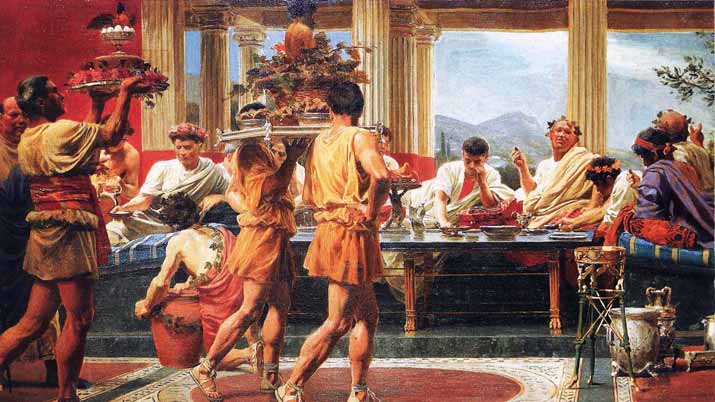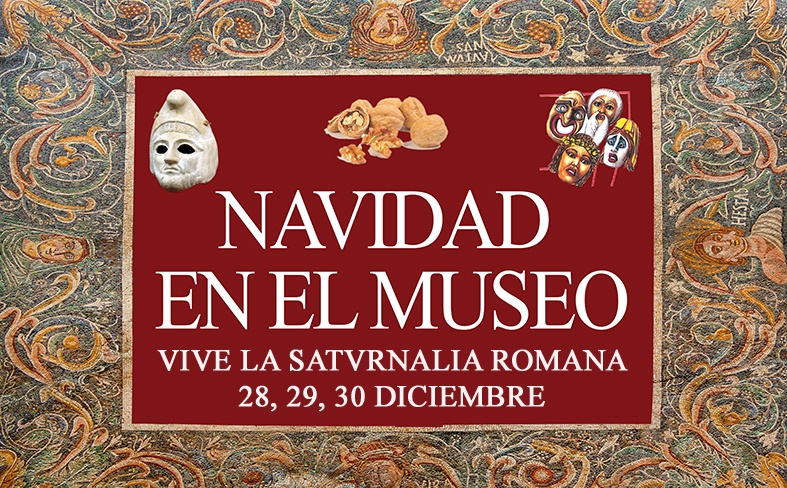

He was often shown as an elderly man riding a white horse called Sleipnir, with a long white beard. Odin existed before Nicholas, and the Germanic tribes in the pre-industrial era revered this god. Nicholas was a kind bishop who distributed gifts to the poor and wore a Santa robe with a long beard. The children of the patron saint, the poor, and prostitutes was St. The notion of an older man offering presents to children stems from paganism. It wasn’t until the 1930s that Coca-Cola came up with the red-haired Santa with the white beard that we know today. What started as a little business among the Romans has now grown into a multimillion-dollar enterprise Santa’s Image and Christmas Stockings The gifts were meant to bring an abundant crop next year, and the Romans gave just one gift to one another. Romans exchanged modest gifts for good fortune. Romans spent Saturnalia eating, drinking, giving presents, and being merry. This feast honoured Saturn, the agriculture deity. The Roman cultures celebrated Saturnalia between December seventeenth and twenty-fourth.

This is a good time to look at a few pagan Christmas traditions. They were intrigued enough to adopt some of their ideas and practices for Christian festivals. All of these people and faiths were called ‘pagan.’Ĭhristians wanted to expand their faith over Europe, yet they were captivated by paganism. As Christianity swept over Europe in the early AD, missionaries met many individuals with diverse religious views. This word includes Romans and Norse in Scandinavia. They used a pagan custom to commemorate Jesus’ birth since no one knew the precise date. The Roman cultures, who celebrate this nondenominational Christmas celebration as their holidays, also embraced this rite.Ĭhristianity spread over Europe and could not halt pagan rituals and celebrations. On December 21, the longest night of the year, pagan cultures also lit bonfires and candles to fight against the darkness. Excessive drinking was a feature of both occurrences. On December 25, Mithra, their sun god, was born. The first was a two-week festival honouring Saturn, the god of agriculture in their pantheon.
#SATURNALIA Y NAVIDAD FULL#
It was customary for the Romans to celebrate two feasts in the last full week of December. In addition to the pagan and Roman cultures, the origins of Christmas may be traced to the pagans. Santa Claus, a legendary character in this secular Christmas celebration of pagan and Roman cultures, plays a key role. As a secular family festival since the early 20th century, Christmas has become increasingly ornate in its gift exchange, with Christians and non-Christians equally participating. The term “Christmas” means “holy night” in German. Navidad in Spanish (Navidad), Natale in Italian (Natale), and Noel in French (Noel) all possibly refer to the birth of a child. Germanic Jl or Anglo-Saxon gel may have been the origin of Yule, which referred to the winter solstice feast. Christmas (“mass on Christ’s day”) is a new invention of the English language.

A Christian holiday commemorating the birth of Jesus Christ is known as Christmas.


 0 kommentar(er)
0 kommentar(er)
